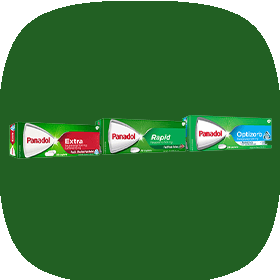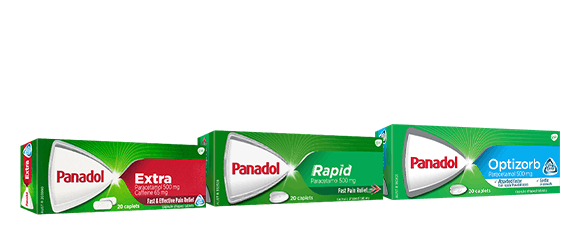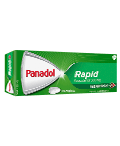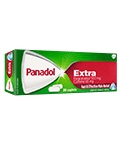Panadol Regular
Panadol Rapid
Panadol Extra
Panadol Osteo



Trusted Pain Relief for Every Stage of Life

Pain is our body’s natural way of telling us something’s wrong. But not everyone feels pain in the same way, and as one of the world’s leading paracetamol-based pain relievers, Panadol’s proven products can help relieve your pain and other symptoms and get you feeling like yourself again.
With over 50 years of experience in New Zealand, discover the Panadol pain relief range – each specially developed for every stage of life to help you and your family when you want it most.

Understanding Your Symptoms
If you or your family is in pain, it’s important to understand your symptoms before choosing temporary relief. Explore our symptom guides using the links below.

Fever

Flu

Headache

Sinus

Choosing the Right Panadol Pain Relief for You
From headaches to fevers, there’s always a form of pain relief to help relieve or manage your symptoms. Discover your options using the simple guides below.
Important Information About Paracetamol
Paracetamol is contained in many medicines that relieve pain, fever and symptoms of cold & flu. Always read the labels to avoid taking too much. Taking too much paracetamol can be dangerous and may cause serious harm to the liver.
Before using any medicine, carefully read all information provided with the product for full details.

Our Most Popular Pain Relievers
Meet the Panadol products that are helping the nation break free from pain and get back to doing what they love.

Most Popular Articles
Panadol for Adults
Panadol & pain relief
Panadol for Adults










